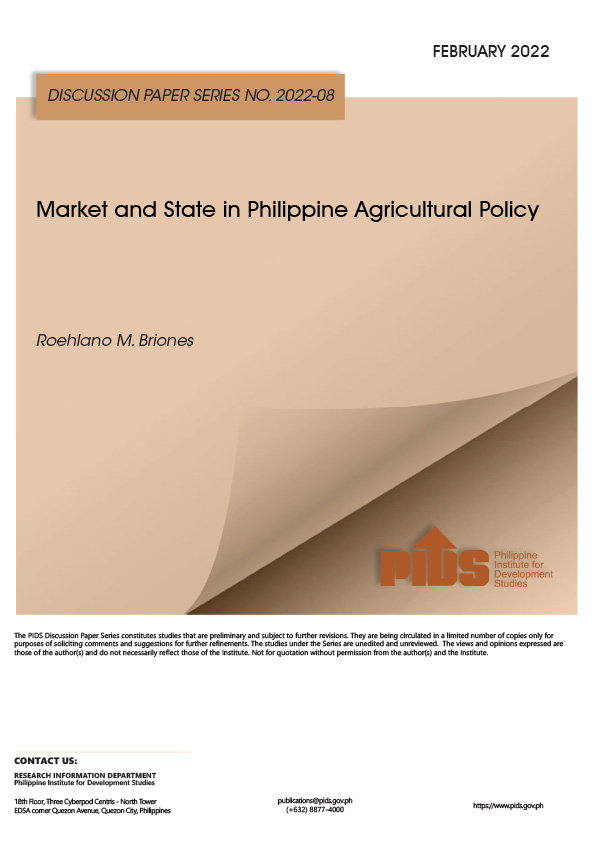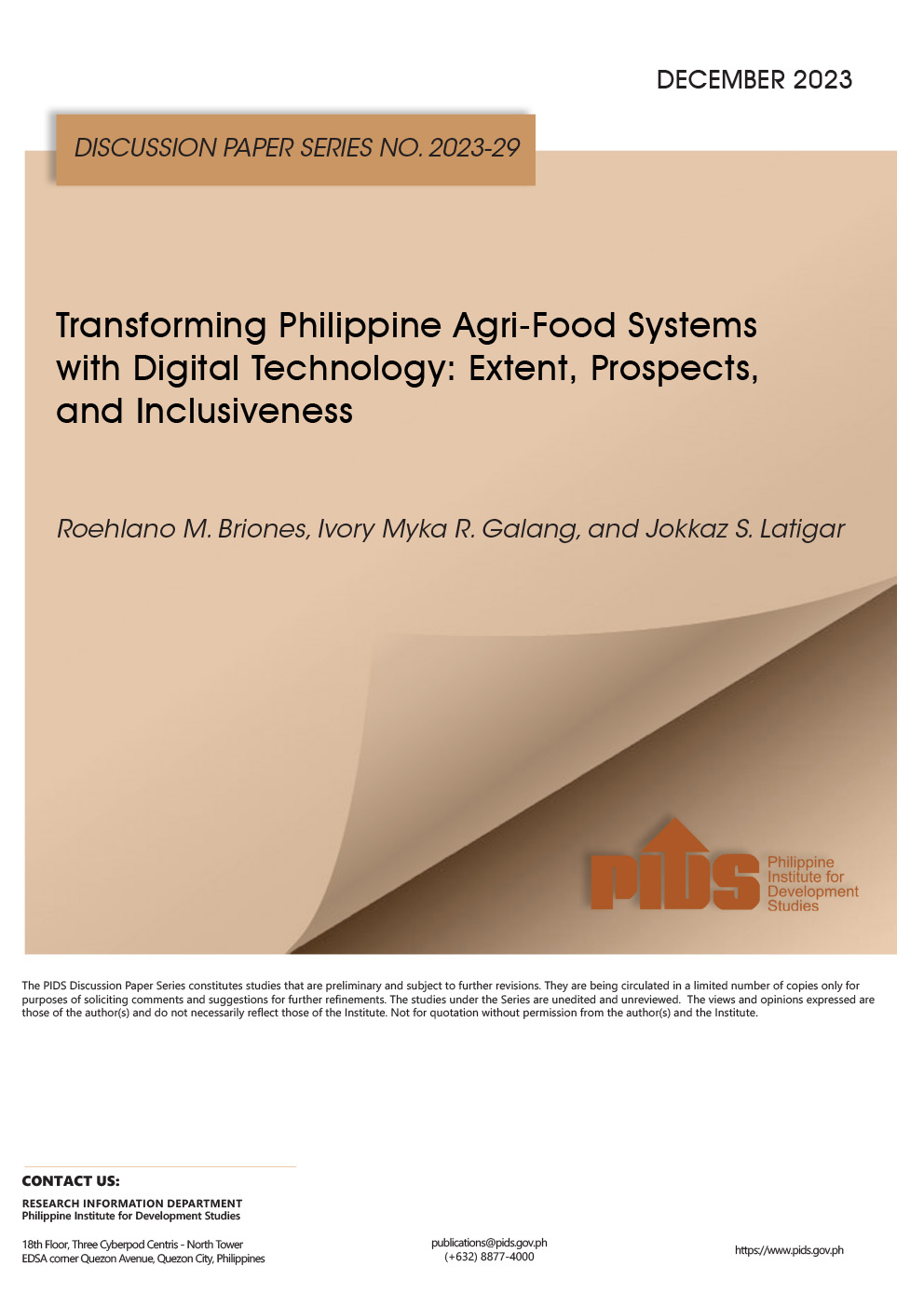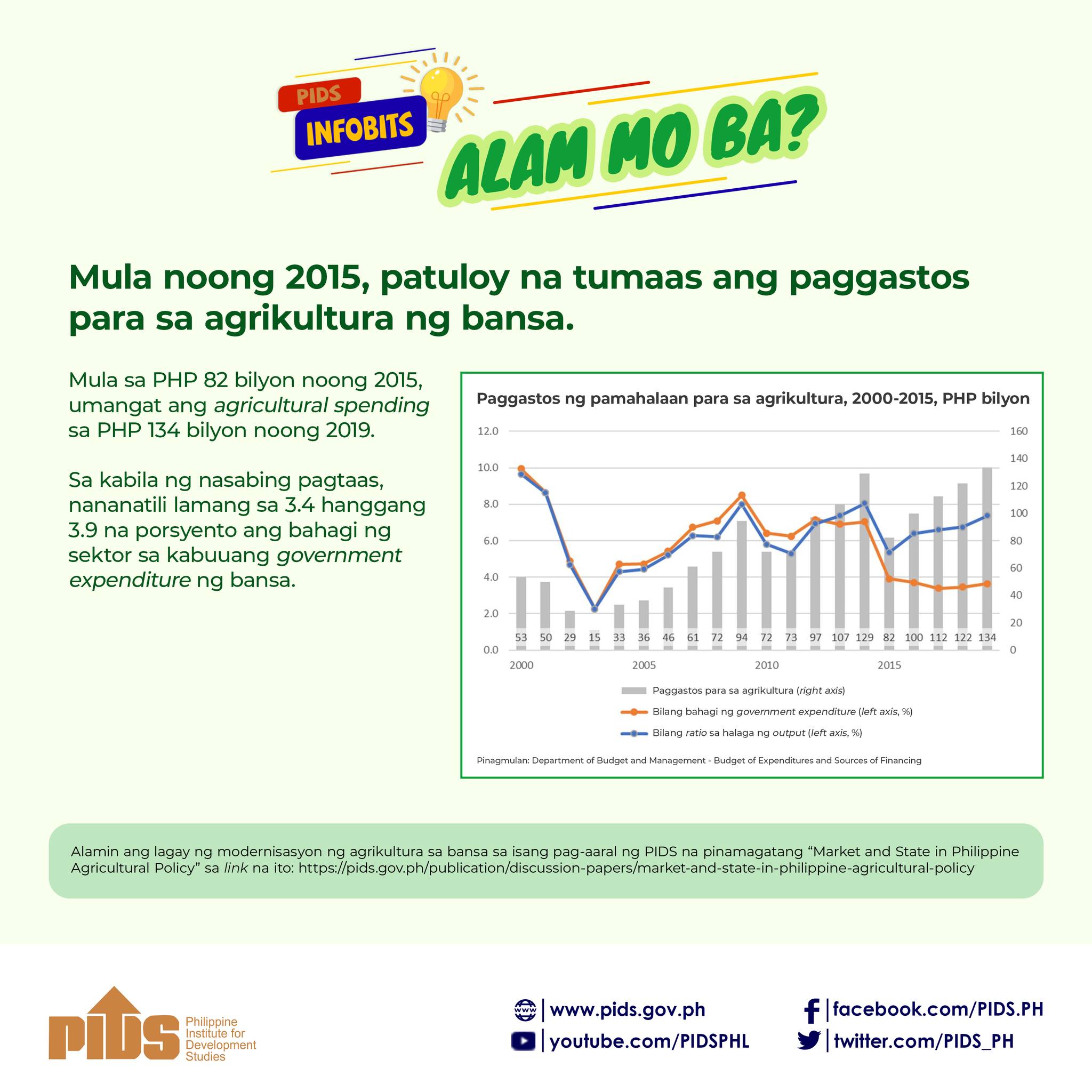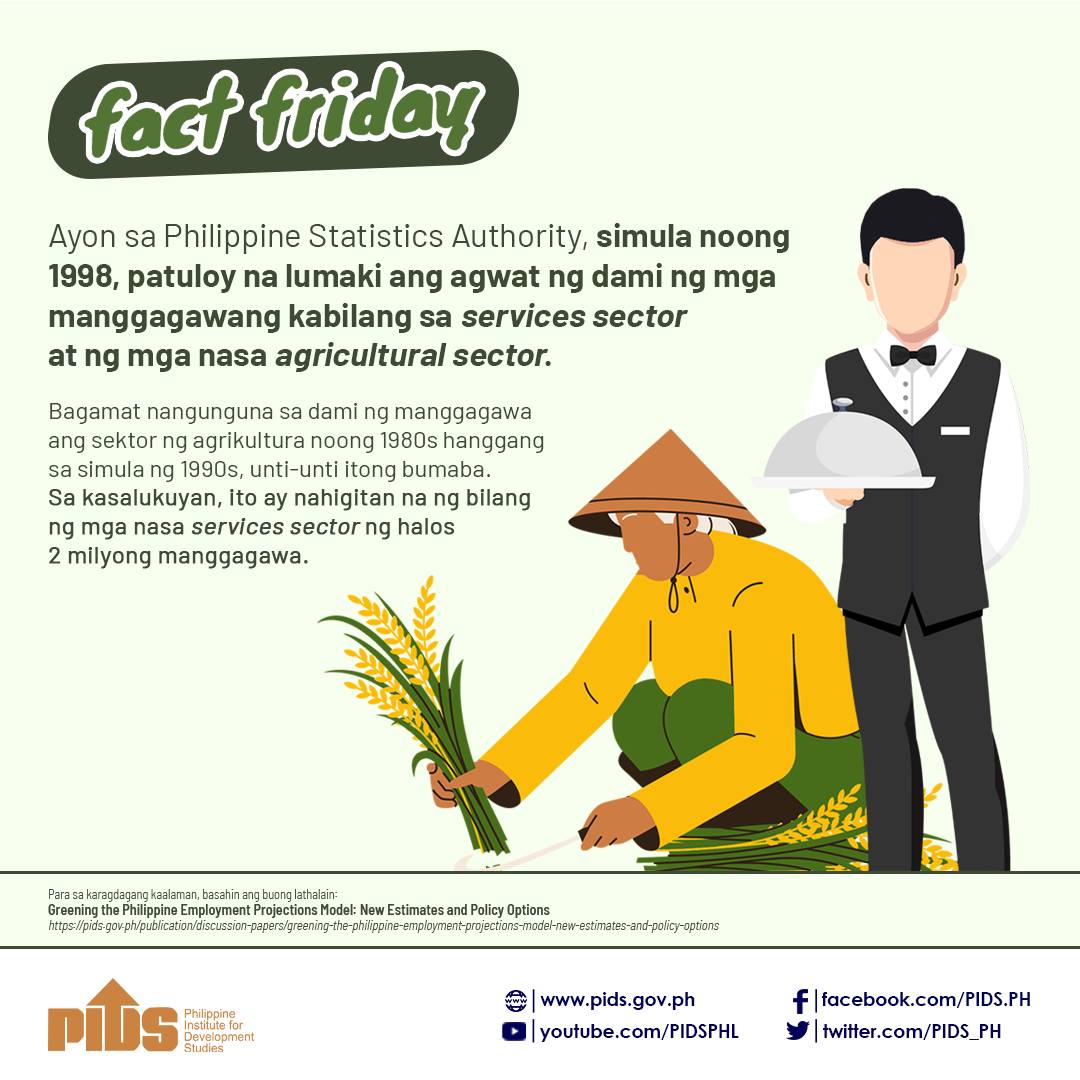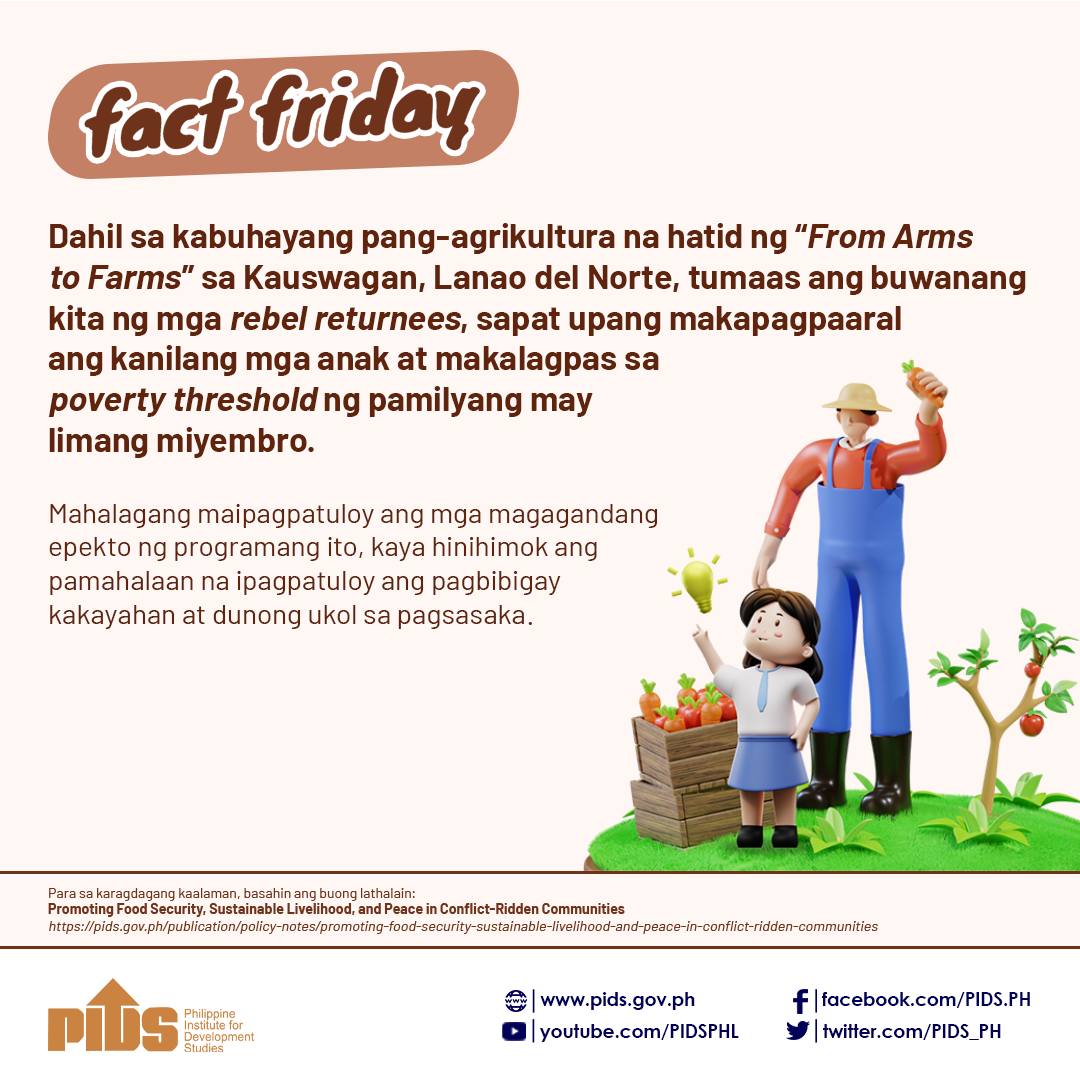This paper aims to evaluate the country's agricultural modernization strategy under the lens of the market-driven approach. The early post-War period of economic policy relates to solving the food problem solution for low-income countries, which minimizes farmer welfare and emphasizes benefits to the wealthier, nonfarming class. This prevailed until the 1970s when the interest of the farming class began to be reasserted. By the 1990s, the main issue was the disparity problems, which considers as almost equally weighty, the interests of poor farmers, as well as that of nonagricultural consumers. In the 1990s, the nation enacted numerous market reforms to address the anti-market policies of the early 1990s. However, progress in implementing market reform for agriculture was largely moribund until 2019, with the enactment of the Rice Tariffication Act (Republic Act 11203). Despite the reforms already enforced, further measures should be implemented, namely, (i) producer support for agriculture should move away from market price support in favor of expenditure support; (ii) expenditure support programs should themselves be oriented away from commodity-specific toward support for public goods and general services, such as extension, regulatory, and market assistance services; (iii) expenditure programs should require careful design along with functional tasks, performance indicators, and M&E systems; (iv) design, performance indicators, M&E systems, and appropriate strategies, should be put together in the AFMP and structured around SAFDZs; and (v) sustained political will behind the market approach must be present to adopt it more consistently in agricultural policy.
Comments to this paper are welcome within 60 days from the date of posting. Email publications@pids.gov.ph.

